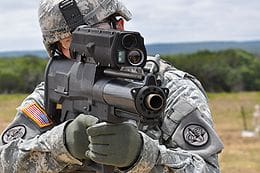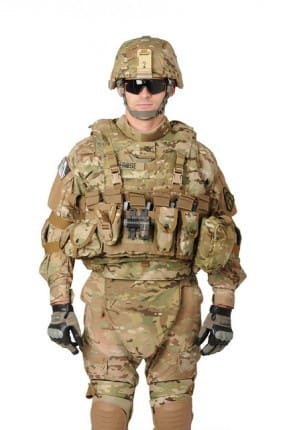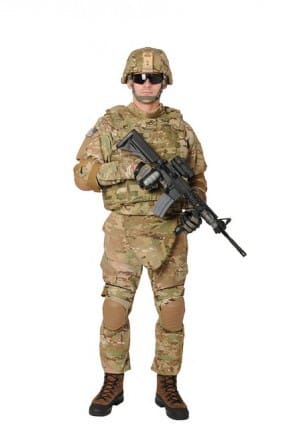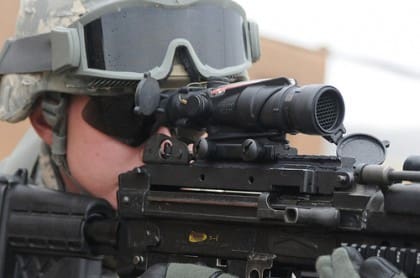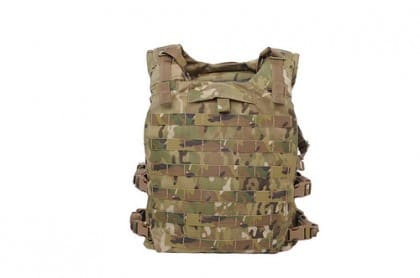Yesterday, SSD participated in a teleconference with PEO Soldier’s LTC Mike Sloane and CSM Bernard McPherson. Also on hand was SMA Kenneth Preston along with several Subject Matter Experts from PEO Soldier. The press event was in conjunction with the Army’s initial fielding to a Brigade of 19 items in the new OEF Camouflage Pattern (OCP) at Camp Shelby, MS. Up to 3600 Soldiers will be equipped with the new gear over the remainder of the week before shipping off to Afghanistan. From here out, all OEF bound forces Brigades will be fielded Organizational Clothing and Individual Equipment in OCP before deploying from CONUS. Beginning in November, units with more than 120 days left in theater will also receive the kit. PEO Soldier is poised to conduct limited early fielding for deployed Battalion and smaller units who require the enhanced camouflage based on their mission. They are also developing plans to ensure that Individual Augmentees are taken care of. Additionally, Army SOF will be issued gear in the new pattern.
The ambitious fielding schedule would not have been possible without the dedicated work of two communities; the contracting office at Natick and industry. LTC Sloane commented, “The American Industrial Base is leaning forward, flying items in and driving them here.” The other side of this coin is the Army’s contracting strategy. In three months, the contracting office at Natick issued 11 contracts with another six to eight pending. Very impressive.
This fielding marks the implementation of phase III of the Army’s Congressionally directed search for enhanced camouflage for troops in Operation Enduring Freedom. Within less than a year, the Army conducted an extensive down select of 57 to five patterns that included an in-theater data collection effort and a comprehensive photo simulation study and wear test. This culminated in the selection of the Crye Precision developed MultiCam pattern as the new OCP.
When asked if he felt that, based on his experience if Soldiers were better protected with the new OCP, SMA Preston commented, “Based on testing…Yes, I believe they are safer.”
So what’s next for OCP? In February 2011, Tier II items including the Aircrew Advanced Combat Uniform, Improved Combat Vehicle Crewman Coverall, Aviation Life Support Equipment, and Fire Resistant Environmental Ensemble items will be introduced in the MultiCam pattern.
Finally, LTC Sloane announced that the Army’s Phase IV of the Global Camouflage effort will not be as short term as initially described. Instead, the TRADOC-led project will not be ready for the Army leadership to make a decision until the end of FY13. This three year effort sounds now to be more of a science project than focused on presenting a near-term warfighting enhancement. On the plus side, the Air Force is participating, and both the Navy and Marine Corps are monitoring the program so there is a slight possibility that the project may deliver a true joint solution. The down side is that for at least the next three years Soldiers must continue to rely on the limited capability of the so-called Universal Camouflage Pattern that caused this whole program in the first place. Perhaps commanders in other theaters will begin to insist that their troops also require enhanced camouflage and we will see increased fielding of MultiCam.


